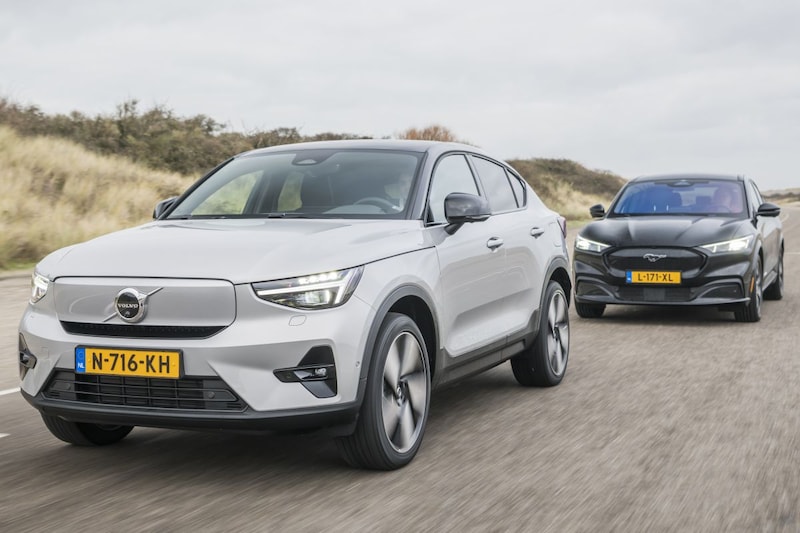
For many years I have been ‘blessed’ with a quality that is at odds with my profession as a motoring journalist. I’m pretty prone to motion sickness. As long as I drive myself, it doesn’t bother me, so I’ve been able to survive in this business. There are also quite a few times where I sat for several hours next to enthusiastic competitors in cars with a lot of horsepower and thought: I’m going to look for another job.
Nothing is as bad for your mood as nausea. Now purely driving fast is not immediately something to get sick of. A driver’s predictability is everything. And someone who can drive extremely well is predictable in their braking and steering actions. I actually lasted for an hour next to a very fast-driving colleague in a Ferrari F8 in a sweltering Tuscany (by then the cake was still gone…), while after only 2 kilometers in a built-up area in a Volvo S60 I was already nauseous next to someone who braked pumping for every traffic light. I’ve been in enough shuttles where I was about to ask the driver to switch places with me because he saw the clutch as a kind of fairground ride. I also knew after two turns from the Detroit airport that the driver of my transport drove extremely better than the average American driver. He cut corners well and drove smoothly but smoothly. American drivers generally don’t do that at all. “I am racing driver”, was his explanation. And everything fell into place.
That predictability brings us to a problem that I have run into in recent years, but about which I read very little. The effect of new techniques on your stomach. The fact that energy is recovered when braking goes back to the first Toyota Prius. But the extent to which the new generation of EVs can generate power as soon as you get off the gas is another level. A model such as the Audi E-tron produces a maximum power of 220 kW or 300 hp. Braking purely on the electric motor. Technically a tight feat. This allows you to recover some of the forward energy any time you go off your gas. And in more and more models it is possible to drive with one pedal. At full lift, there is maximum regeneration, so that the brake pedal is really only needed in case of an emergency stop. Useful. But all this has a drawback. It is terribly uncomfortable for passengers because the predictability of driving is reduced. In practice you brake much more often and more unexpectedly. Yes, you can prevent significant braking with proper dosage, but it is equally incomparable with a car that always rolls out. Especially on long stretches of highway, it is not more comfortable. Of course you can switch off the regeneration, but then it must be easily accessible and not hidden somewhere deep in the multimedia system. Like in Volvos. “But why not just use the autopilot for those stretches of highway,” a Volvo technician asked. Good point, because the autopilot on a new C40, for example, is very good. Only, where an autopilot is pleasant on a busy highway or in a traffic jam, it works less well on a half-empty highway. For example, you have to turn left much earlier for a truck or longer car, otherwise the car will brake while you know that it is not necessary. And if you’re just too late, you get an unexpected braking action which, here we are again, is very unpleasant for passengers. And with that, the circle is complete again.
Mind you, I’m not opposed to the rise of EVs (which can be very good) or autonomous technologies (blissful in traffic), but I note that this point has hardly received any attention. Although Audi is already working on a special solution. Driving in such a way that your passengers do not get sick is an art in itself, the smoother the better. And that goes better with sailing than with hard regeneration.
– Thanks for information from Autoweek.nl